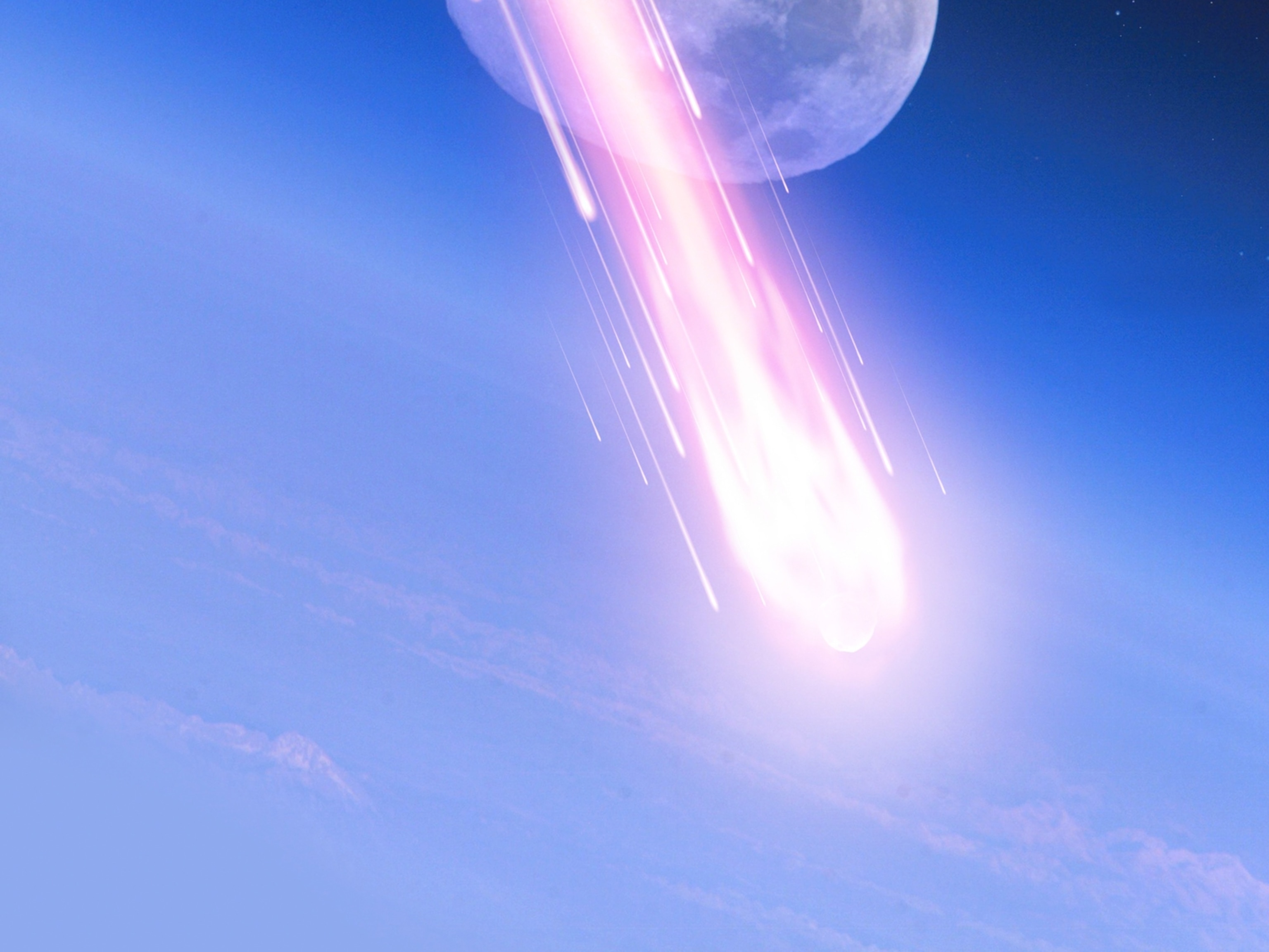
Meteor Shower Peaks Tonight—How to See Perseids
A moonless night and the chance we're passing through a meteor clump make this year's Perseids extra promising, experts say.
The annual Perseid meteor shower tonight reaches its peak, with a moonless sky providing near-perfect observing conditions late Thursday into early Friday. (See pictures of what the meteor shower tonight should look like.)
Like clockwork every mid-August, Earth slams into a giant cloud of debris left behind each time the comet Swift-Tuttle neared the sun. (Related: "Perseid Meteor Shower to Yield 80 Meteors an Hour?" [2009])
Hitting the atmosphere at speeds of almost 100,000 miles (160,000 kilometers) an hour, the meteors burn up and produce streaks of light that each last just a fraction of a second.
This year the sky show will peak between 3 p.m. ET August 12 and 2 a.m. ET August 13. A very thin, waxing crescent moon will set about an hour after sunset, leaving behind a dark night sky for the Perseids. (Read about another sky show this week featuring a planetary triangle.)
While most "shooting stars" are faint, observers of any meteor shower should be on the lookout for brighter fireballs, noted Raminder Singh Samra, resident astronomer at the H.R. MacMillan Space Centre in Vancouver, British Columbia.
"As the Earth passes through the dust trail of comets, it encounters debris from the size of grains of sand to [the size of] boulders," Samra said. (See pictures of the 2009 Perseids.)
"When pieces of debris from the size of a grapefruit and larger enter the atmosphere, you can expect to see fireball meteors."
Observers in Europe and North America will get the best sky show at the start of the peak, while viewers in Asia will see the most meteors early Friday. (See asteroid and comet pictures.)
People in the Southern Hemisphere will have the chance to observe the shower, Samra said, but it will not be as brilliant.
Earth to Hit a Perseid Meteor Clump?
The best way to observe the Perseids is with unaided eyes, lying comfortably on the ground or on a reclining chair. (See pictures of our vanishing night in National Geographic magazine.)
The Perseids appear to radiate from their namesake constellation Perseus, which rises above the local horizon around midnight in the northeastern sky.
Depending on location, forecasters say observers can expect to see up to 30 meteors an hour in city suburbs during the shower's peak. People in darker, rural areas may see as many as 200 meteors an hour. (Take a perseids quiz: are you a meteor shower mastermind?)
More modest rates of 10 to 20 shooting stars an hour will be visible for a couple of nights before and after the peak.
This year, sky-watchers may be treated to surprise bursts of activity, too. Computer simulations indicate we may be heading into particularly dense clumps of material left behind when the parent comet passed the sun in the years A.D. 441, 1479, and 1862.
In past years, encounters with denser clumps sent Perseid rates as high as 200 to 400 meteors an hour.
Predicting Perseids Still Tricky
However, the models for predicting when Earth will pass through a clump aren't perfect.
Astronomers are slowly mapping out the structure of the Perseid meteor stream, and predictions are getting better, but our knowledge is still very incomplete, according to Geza Gyuk, staff astronomer at the Adler Planetarium in Chicago, Illinois.
"There is a lot of 'art' involved still, and surprises are nothing to be surprised at!" Gyuk said in an email.
"In fact, that is one of the joys of trying to catch the Perseids: One never knows what sort of treat may be in store."





